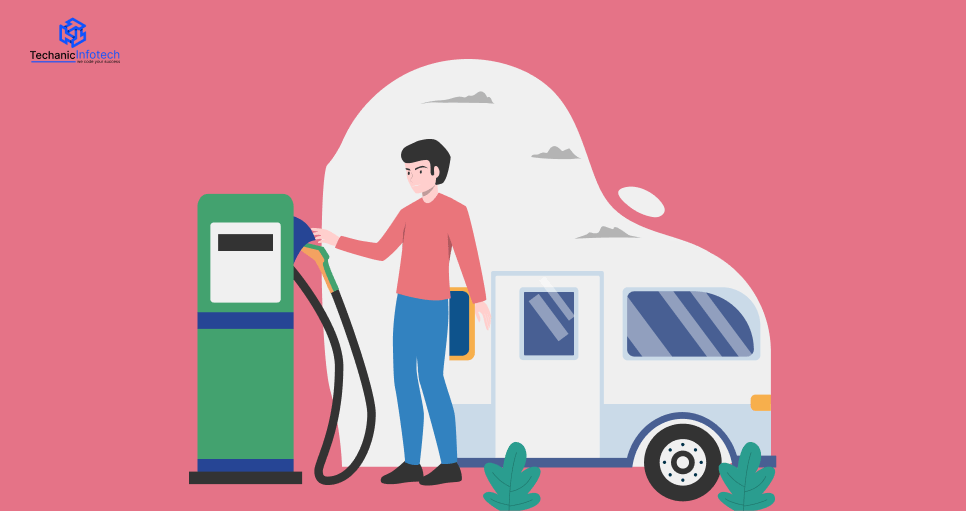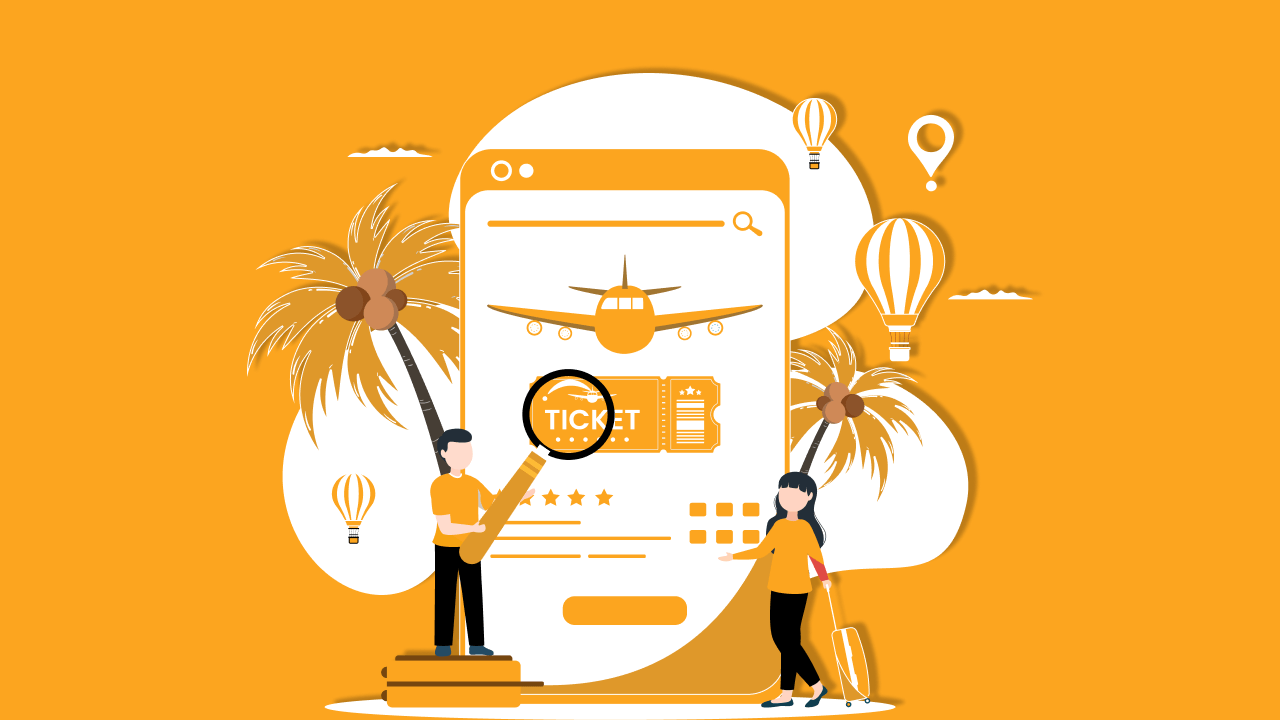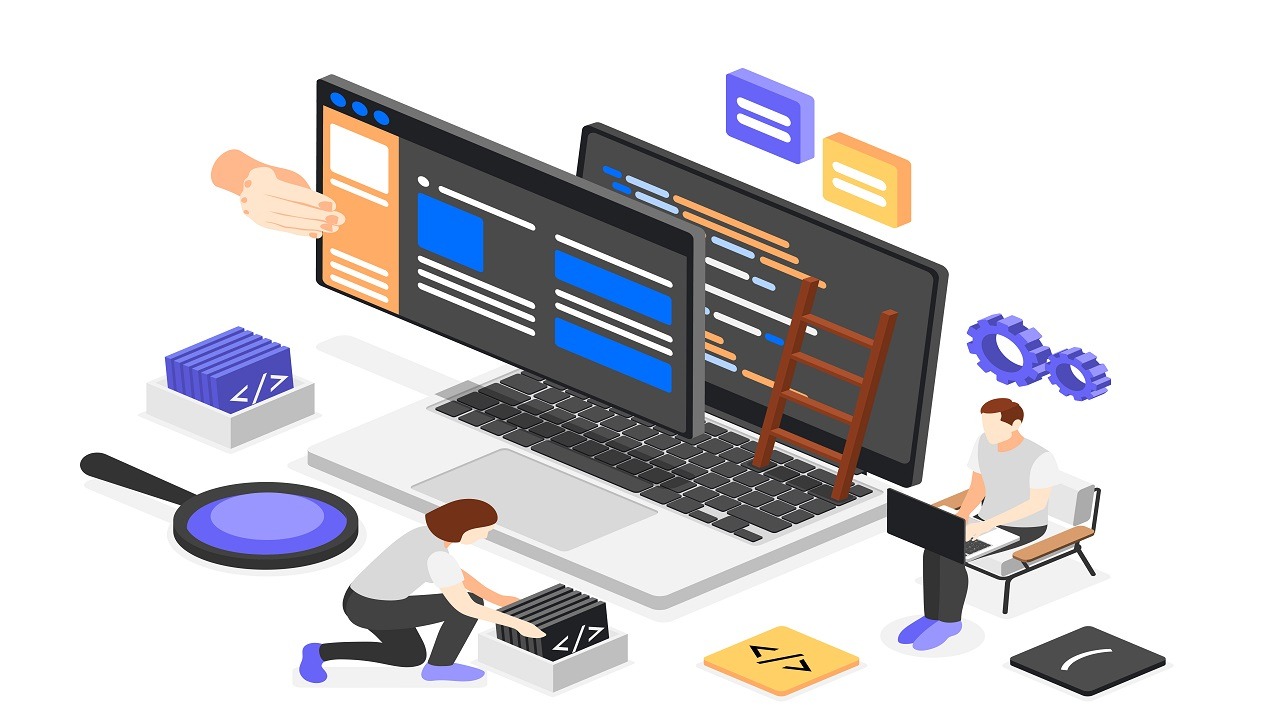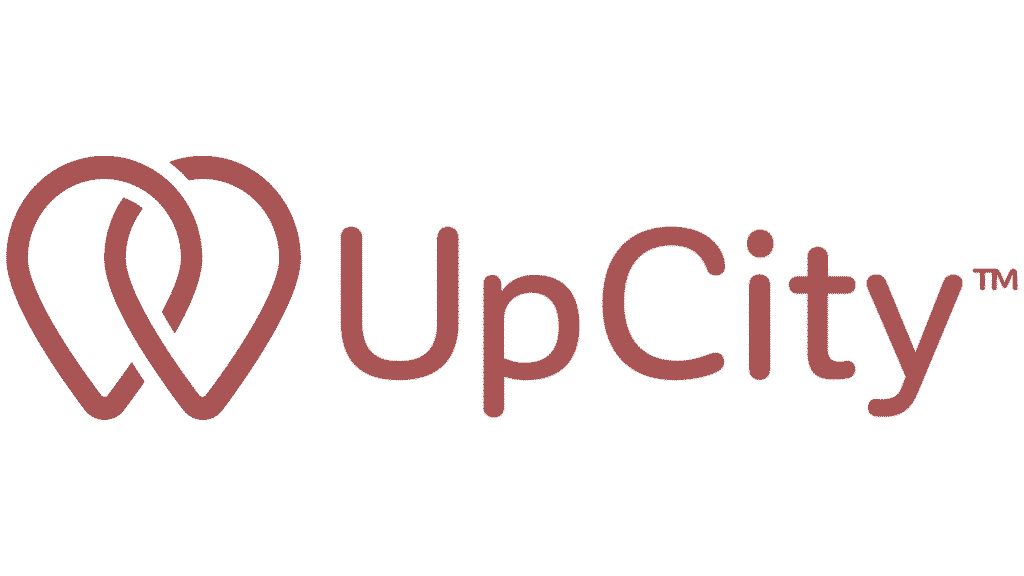Super apps are reshaping the way we use digital services. Everyone is talking about super apps. Businesses want to launch them. Users love them. Investors chase them. But the first big question always comes up: About the super app development cost?
If you are here, you may be wondering the same thing. You may be a startup founder, a business owner, or someone curious about the next big digital revolution.
Here’s the truth. Building a super app is not cheap. It’s not as simple as creating a small mobile app. A super app is massive. And it combines multiple services. It includes ride booking, payments, shopping, food delivery, and more—all within one platform.
And that is where the confusion begins. However, different companies give different numbers. Some talk about $50,000. Some say $500,000. Also, some even say $1 million.
What is the cost of building a super app in 2025?
This guide is for you.
We’ll cover:
- What exactly is a super app?
- Why super apps are trending in 2025.
- The factors affecting super app development cost.
- The average cost of super app development.
- Pricing models used by companies.
- A full super app development cost breakdown.
- Tips to plan your super app development budget.
By the end, you’ll have a clear idea of how much money you need, how to plan smartly, and how to avoid overspending.
Let’s explore more.
What is a Super App?
A super app is an all-in-one mobile platform where users can do multiple things. It includes chat, shop, order food, pay bills, book rides, and more without switching apps.
Think of it as a digital ecosystem that combines services like:
- Messaging and payments
- Shopping and delivery
- Bookings and ridesharing
- Social media and gaming
Why Are Super Apps Trending in 2025?
We live in a world where people want everything in one place. Nobody wants to download ten different apps.
They bring together things like ride-hailing, food delivery, and banking all in one app. That’s why Grab, Gojek, Tata Neu, and Paytm are gaining so much attention. So, instead of switching between different apps, we can do everything in one place.
According to SNS Insider, the super app market grows quickly. They expect it to reach $75.5 billion by 2032. Also, it is growing at 28.2% every year from 2024 to 2032. This shows how many people are choosing super apps to make their daily lives easier.
In 2025, three major trends are driving super apps:
| Trend | Impact |
| Digital Lifestyle | Users want everything in one app |
| Business Growth | Companies cross-sell more services |
| AI & Fintech | Integration of smart tools & finance |
This popularity is why everyone is searching for a super app development cost estimation before entering the market.
What Type of Pain Points Businesses Face?
Before diving into super app development cost estimation, let’s talk about common pain points entrepreneurs face:
- Unclear budgeting: Most don’t know how much a super app costs until it’s too late.
- Technical complexity: Multiple features need separate backend systems.
- Choosing the right team: It’s hard to find a trusted app development company.
- Maintenance and scaling: Costs keep growing as users increase.
If you relate to any of these, don’t worry. This guide simplifies everything for you.
Average Super App Development Cost in 2025
This guide explains the costs of developing a super app. It will help you understand the pricing, the development process, key features, challenges, and much more. Now the big question: How much does a super app cost in 2025? The average mobile app development cost is around $250,000 – $500,000.
| Type of Super App | Estimated Cost (USD) | Development Time |
| Basic MVP | $40,000 – $80,000 | 3-6 months |
| Medium Complexity | $80,000 – $150,000 | 6-10 months |
| Full Super App (Grab-like) | $150,000 – $400,000+ | 10-15 months |
Factors Affecting Super App Development Cost
The cost of developing a super app in 2025 depends on several important factors. By understanding these factors, you can better plan your budget and ensure you get the best value from your development project.
1. Features and Modules
The more features you add, the higher the super app development price.
- Basic features (login, chat, payments) cost less.
- Complex features (AI recommendations, AR shopping, advanced fintech) cost more.
2. Platform
Do you want it on iOS, Android, or both?
- Android only → cheaper.
- iOS only → moderate.
- Both platforms → almost double the cost of building a super app from scratch.
3. Design
A simple design costs less. A modern, sleek, and engaging design requires more investment.
4. Technology Stack
The tools and technologies your super app development company uses will affect pricing. Choosing modern tools like Flutter, React Native, or Kotlin can optimize the cost to build a super app. However, native apps often deliver better performance but higher prices.
5. Development Team Location
- US/UK developers charge $100 – $200 per hour.
- Eastern European developers charge $50 – $80 per hour.
- Indian developers charge $25 – $50 per hour.
This difference directly impacts your super app development budget.
6. Maintenance and Updates
A super app is not a one-time project. You must keep updating it. Maintenance costs are usually 15–20% of the total development cost per year.
Here are the main cost factors:
| Factor | Impact on Cost |
| Features | More modules = Higher cost |
| Platforms | iOS + Android doubles cost |
| Design | Basic UI is cheaper, modern UI costs more |
| Technology Stack | Advanced tech = higher budget |
| Team Location | Developers in the US/UK cost more than in India |
| Maintenance | Adds 15–20% yearly cost |
Understand Super App Development Charges
Have a quick look at each factor that affects the cost of building a super app in more detail.
| Category | Description | Estimated Cost (USD) |
| Basic Features | Simple user profile, basic chat functionality, basic payment system, etc. | $10,000 – $20,000 |
| Advanced Features | Advanced chat, AI-based recommendations, voice & video calls, personalized notifications, etc. | $20,000 – $40,000 |
| User Interface & UX Design | Attractive design, user-friendly interfaces, and seamless navigation | $5,000 – $15,000 |
| Ride-Hailing Integration | GPS tracking, booking system, payment gateway, driver & rider features | $15,000 – $40,000 |
| Food Delivery Integration | Restaurant listings, online ordering, payment system, and order tracking | $15,000 – $30,000 |
| E-commerce Integration | Product catalog, shopping cart, secure payment gateway, customer accounts, etc. | $20,000 – $50,000 |
| Social Media Integration | Profiles, post feeds, commenting, messaging, friend requests, notifications | $10,000 – $25,000 |
| Payment Gateway Integration | Integration with payment processors (PayPal, Stripe, etc.), wallet setup | $5,000 – $15,000 |
| Backend Development | Cloud infrastructure, database management, API integration, and admin panel | $30,000 – $60,000 |
| Security & Compliance | Data encryption, GDPR, 2FA, privacy features, fraud protection, and regular audits | $10,000 – $30,000 |
| Testing & Quality Assurance | Manual & automated testing for bugs, performance, and usability | $5,000 – $15,000 |
| App Launch & Marketing | App store optimization, promotional activities, and initial marketing campaigns | $5,000 – $20,000 |
| Maintenance & Updates (Yearly) | Regular updates, bug fixes, feature enhancements, and server maintenance | $15,000 – $50,000 per year |
| Additional Custom Features | Special features like AR/VR integration, advanced AI, custom integrations, etc. | $10,000 – $50,000+ |
Hidden Costs You Should Know
| Hidden Cost | Why It Matters | Extra Budget Needed |
| API Licensing | Payments, maps, chat tools | $5,000 – $50,000 |
| Cloud Hosting | Servers, storage, backups | $2,000 – $20,000 yearly |
| Third-party Services | Analytics, SMS, notifications | $10,000 – $30,000 |
| Marketing | Promotions after launch | $20,000 – $100,000+ |
Average Cost of Super App Development by Region
| Region | Average Cost of Super App Development |
| USA & Canada | $400,000 – $1,000,000 |
| Western Europe | $300,000 – $800,000 |
| Eastern Europe | $150,000 – $400,000 |
| India & Southeast Asia | $100,000 – $300,000 |
Cost to Create a Super App Like Grab
Grab is one of Asia’s biggest super apps. The cost to create a super app like Grab can range anywhere from $200,000 to $500,000+, depending on scale and features.
Why so much?
Because Grab-level apps need:
- Real-time tracking
- Millions of transactions
- Security layers
- Maintenance teams
It’s massive, but also massively profitable when done right.
| Feature in Grab | Development Cost (Approx.) |
| Ride-hailing | $80,000 – $150,000 |
| Food Delivery | $70,000 – $120,000 |
| Payments | $100,000 – $200,000 |
| E-commerce | $150,000 – $250,000 |
| Rewards + Loyalty | $50,000 – $100,000 |
| Financial Services | $150,000 – $300,000 |
Understand Super App Pricing Models
A top mobile app development company developing a super app uses a pricing model. Here are the common ones:
| Pricing Model | How It Works | Best For |
| Fixed Price | Pay a set cost agreed upon before the project starts. | Small to medium-sized apps with clear requirements. |
| Hourly Rate | Pay is based on the number of hours worked by the team. | Flexible projects where the scope may change. |
| Dedicated Team | Hire a full team on a monthly or yearly contract. | Large, complex super apps need continuous development. |
Why Do You Need a Cost Calculator?
Creating a super app involves more than just a simple app design. You need to account for:
- Features: How many services or tools will your app offer?
- Design: Will it be sleek, user-friendly, and engaging?
- Platform: Are you building for Android, iOS, or both?
- Security: Protecting user data is important nowadays, especially with financial services.
The cost of building your super app depends on these factors. The Super App cost calculator helps break down each one. It gives you the information you need to plan your budget.
Stop Guessing, Start Planning
When you use a cost calculator, it allows you to:
- Get an accurate cost breakdown for every feature.
- Understand how long the development process will take.
- Make informed choices on where to invest more or cut costs.
A well-planned budget means you can launch your app on time and without surprises.
Key Steps to Build a Super App Development
Do you want one login, one platform, endless possibilities? That’s exactly what a Super App does.
From payments and food delivery to booking cabs and chatting — everything fits inside one simple app.
But building it?
That’s where most businesses get stuck. They either overcomplicate the process or skip the essential steps.
If your goal is to create a Super App that users actually love using, you should follow these simple steps.
Step 1: Identify a Strong Core Service
Every Super App starts with one powerful service. If your app focuses on one thing first, like payments, shopping, or getting around, it’s easier to add more features later. You should start small but strong. You should focus on fixing one problem well, better than anyone else.
Example: WeChat started as a messaging app. Gojek began with ride-hailing. The rest came step-by-step.
Step 2: Research User Needs and Market Gaps
Before you add more features, dig deeper into your audience.
Ask:
- What do users struggle with daily?
- What services do they switch between often?
- What convenience are they missing online?
This insight helps you design features that actually make users’ lives easier — not cluttered.
Step 3: Choose the Right Tech Architecture
A Super App isn’t just about adding features. It is about managing them smoothly.
Use a flexible system design so you can easily add new features without causing problems. This ensures the app runs faster and scales easily as your business grows.
Step 4: Build a Seamless User Experience
Your app should feel like a single experience, not a random features.
So, focus on:
- Intuitive navigation
- One sign-in for all services
- Simple payment flow
- Consistent design
When users feel comfort and clarity, they stay longer.
Step 5: Integrate Key Mini Apps and Services
Now comes the real expansion. Add services around your core function — such as:
- Digital wallet
- Shopping
- Food delivery
- Utility bill payments
- Customer support chat
But remember, quality matters over quantity. Each service must add genuine value.
Step 6: Secure the App and Data
Super Apps handle sensitive user data — from location to payments. So security can’t be an afterthought.
Add:
- End-to-end encryption
- Two-factor authentication
- Secure payment gateways
- Regular security audits
A secure app builds trust — and trust builds long-term users.
Step 7: Test, Optimize, and Launch in Phases
Test your features with real users before the final launch. Look for bugs, design friction, or slow loading times.
Once stable, release the app in phases. Gather feedback, fix gaps, and upgrade regularly. Super Apps evolve continuously — not overnight.
Step 8: Market Smartly and Build Partnerships
A Super App thrives on partnerships — delivery networks, banking partners, small businesses, and service providers.
Also, launch strong social media campaigns, referral bonuses, and loyalty programs. Build awareness, not just downloads.
Step 9: Keep Improving with Data Insights
Your journey doesn’t end at launch. Track user behavior, engagement levels, and drop-offs.
Use analytics to find what users love — and what they avoid. Then optimize. Continuous improvement turns users into brand advocates.
Must-Have Features of Super App Development
Incorporating these essential features into your super app. It ensures that it is not only functional but also user-centric. With the right balance of usability, performance, and security, your super app can stand out in the competitive market and provide long-term value.
1. Simple User Login
Your app should make logging in easy. User authentication can include options like email, social media logins, or even face/fingerprint recognition. The goal is to get users into your app quickly and securely.
2. Personalized User Profiles
Give users control over their experience with profile management. Let them update their information, choose preferences, and save payment details for a smooth, customized app experience.
3. Easy Payment Options
Make payments simple and safe. Payment integration should allow users to pay using credit cards, digital wallets, or bank accounts. The easier the checkout process, the better!
4. Multiple Services in One Place
A super app should offer more than one service. Multi-service integration allows users to shop, book rides, order food, and more, all from the same app. This makes your app more useful and keeps users engaged.
5. Engaging Push Notifications
Push notifications keep users updated with important information like new offers, reminders, or messages. However, make sure they are relevant and not too frequent, so users stay interested without feeling overwhelmed.
6. Location Tracking & GPS
Users love knowing exactly where their ride or delivery is. GPS and location tracking let users track real-time services, like the arrival of a taxi or food order, making the experience more reliable and enjoyable.
7. In-App Messaging
Users should be able to communicate easily with service providers or support teams. A messaging system helps users ask questions, get updates, and stay connected, all within the app.
8. Ratings & Reviews
Trust is important. With ratings and reviews, users can see what others think of the services they are about to use. This builds trust and encourages better service.
9. Quick Search Function
A search bar is a must for easy navigation. Users should be able to find what they need quickly — whether it’s a service, a product, or information. This makes the app feel fast and user-friendly.
10. Order & Transaction History
Users want to track what they’ve bought or booked. Order history and transaction records let them look back at previous purchases or services, making it easier to reorder or get support if needed.
Effective Tips to Cut Super App Development Costs
- You should focus on the key features that deliver value to your users. Plus, you can always add more features later based on real user feedback.
- Instead of reinventing the wheel, try using pre-designed templates, plugins, and frameworks.
- This can save a lot of time and money, and speed up your development process, letting you focus on what matters.
- Not everything has to be done in-house. If you have specialized tasks, consider outsourcing them to freelancers or third-party agencies. This can be a more affordable option compared to hiring a full-time team for every little thing.
- Rather than developing separate apps for iOS and Android, consider using cross-platform tools like React Native or Flutter.
- When it comes to design, less is often more. A clean and intuitive design is not only user-friendly but also easier and cheaper to develop. Avoid the temptation to overcomplicate things with flashy, complex designs.
- Catch bugs early with automated testing tools. Not only does this save time, but it also reduces the need for costly manual testing, allowing you to address problems before they turn into bigger headaches.
- Instead of investing in expensive servers, leverage cloud platforms like AWS, Google Cloud, or Azure. These platforms are scalable, so you only pay for what you use.
- With an Agile approach, you can break the development process into smaller, more manageable chunks. This gives you flexibility. It allows you to adjust features and priorities over time.
- Don’t wait until the app is “perfect.” Start with a Minimum Viable Product (MVP). It includes only the must-have features. You can gather real feedback and avoid spending money on features users don’t need yet.
Conclusion: Build Smart, Scale Fast
The rise of Super Apps is changing the entire digital experience. If you dream of leading that change, start by simplifying user life — not complicating it.
Every great Super App started as a small idea with a big purpose. And your idea could be next.
As a popular on-demand app development company, we build custom marketplace apps that fit your business and attract your target customers.













